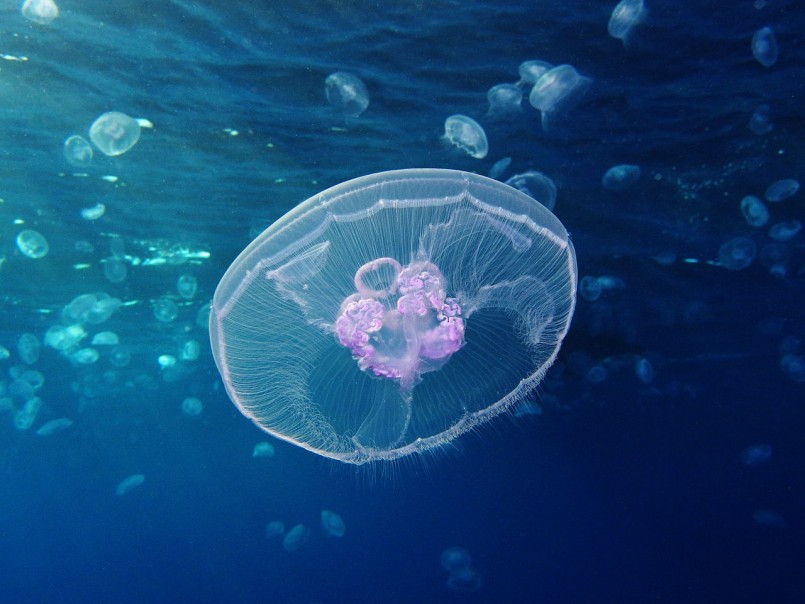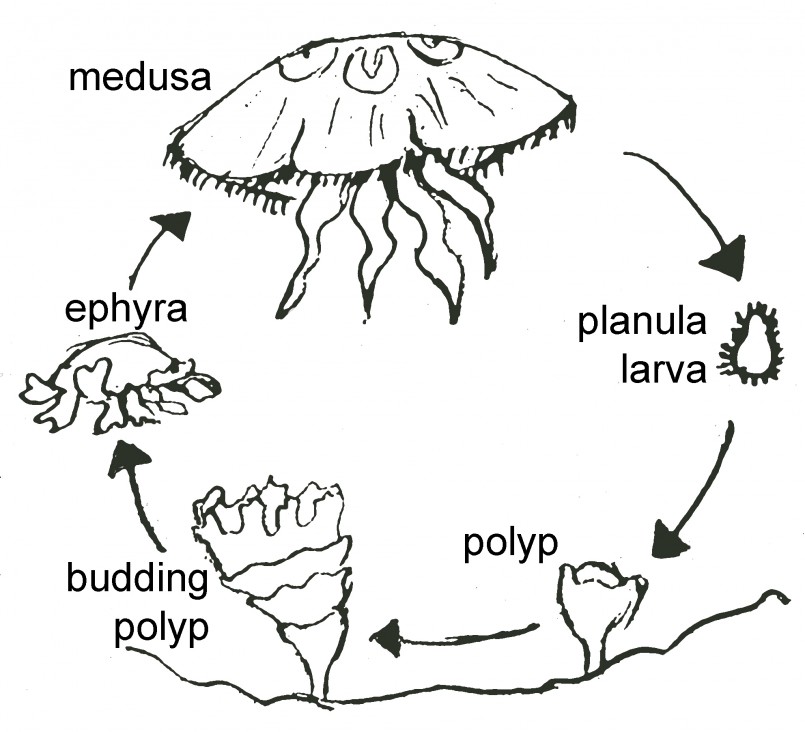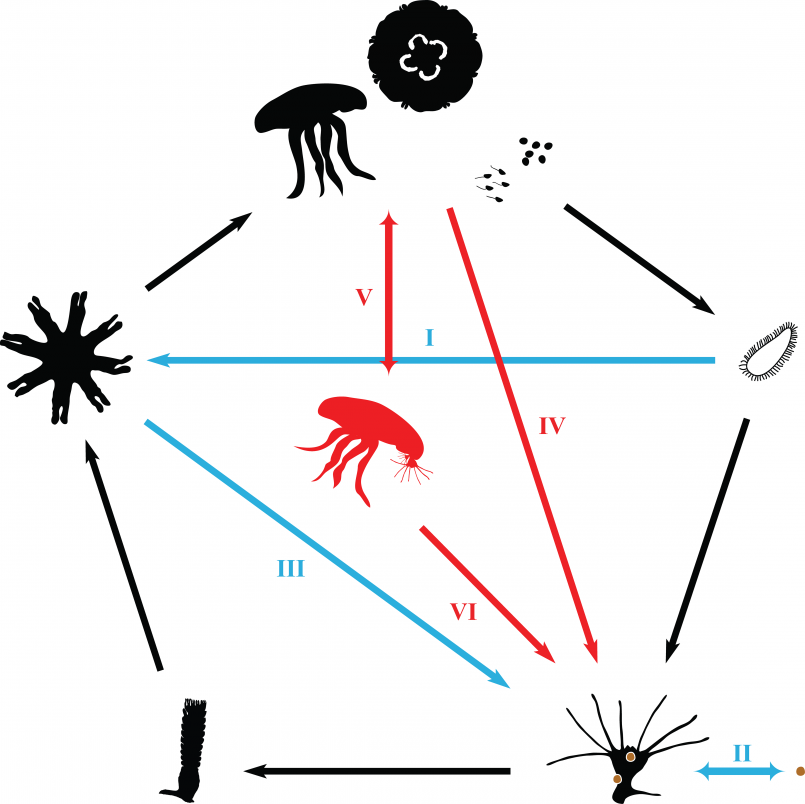Environment
The Moon Jellyfish Has Amazing Superpowers

Image: Wikipedia
The Moon Jellyfish Has Amazing Superpowers
Genus Aurelia, known as the moon jellyfish, is the most widespread jellyfish in the world’s oceans. Jellyfish have long been studied by biologists for their unique anatomy, utterly unlike any other animals. The moon jellyfish have no central nervous system, no respiratory system, no circulatory system, no excretory system, and have been documented to have powerful and unique symmetric regenerative abilities. There are still new discoveries being made about these amazing creatures, such as the astounding discovery reported by Jinru He, a graduate student in marine biology at China’s Xiamen University.
In Jinru’s study, he found that moon jellyfish have the ability to reproduce even after death!
In spring 2011, Jinru collected a juvenile male moon jellyfish and raised it to a full grown medusa, the term for an adult jellyfish. After eighteen months, the jellyfish expired. Jinru placed the degenerating jellyfish into a new tank and saved the sample. Three months later something unbelievable happened. A polyp developed on the corpse of the jellyfish.

Image: Tolweb.org
The Traditional Moon Jellyfish Life-Cycle
To understand the significance of this event, some knowledge of the jellyfish reproductive cycle is needed. Male jellyfish release sperm which is then collected by female jellyfish. Once the eggs are fertilised they are released into the ocean. The floating eggs developed into tiny organisms known as Planula. The planula are covered in hair-like cilia which they use to propel themselves through the water. The planula move to the sea bottom and begin developing into the first of the major life stages of the jellyfish.
The planula forms into a Polyp. A polyp is much like a stationary, upside down jellyfish with the mouth and tentacles facing upwards. The polyps snare food with their upturned tentacles and slowly grow larger and larger. Eventually, a series of grooves appear on the side of polyp that grow deeper and deeper until they completely cut through the body of the polyp. At that point, a pile of disc-shaped structures resembling a stack of coins are formed. Each of these “coins” is an individual baby jellyfish of the traditional Medusa shape. These tiny medusae can then break off and begin their own life.

Image: Plos One/Jinru He
The Newly Discovered Moon Jellyfish Life-Cycle
To go back to Jinru’s discovery, now we can see the import of a polyp forming from a deceased jellyfish. Scientists have documented polyps forming from living jellyfish, called budding, a form of asexual reproduction, however, none have ever seen this budding occurring in a deceased specimen. The polyp on the moon jellyfish eventually developed into a new swarm of baby medusae. Essentially the moon jellyfish, through post-mortem asexual reproduction, made clones of itself after death.
“Their life cycle is not a simple circle,” Jinru says, “it’s more like a web.”





0 comments